Almost the Bermuda Triangle: a journey to the Kursk Magnetic Anomaly

Blasting operations are carried out at regular intervals—around 18 times a year. A special gel is used as the explosive, together with detonators. The explosive material can weigh up to 1000 metric tons.
Igor Generalov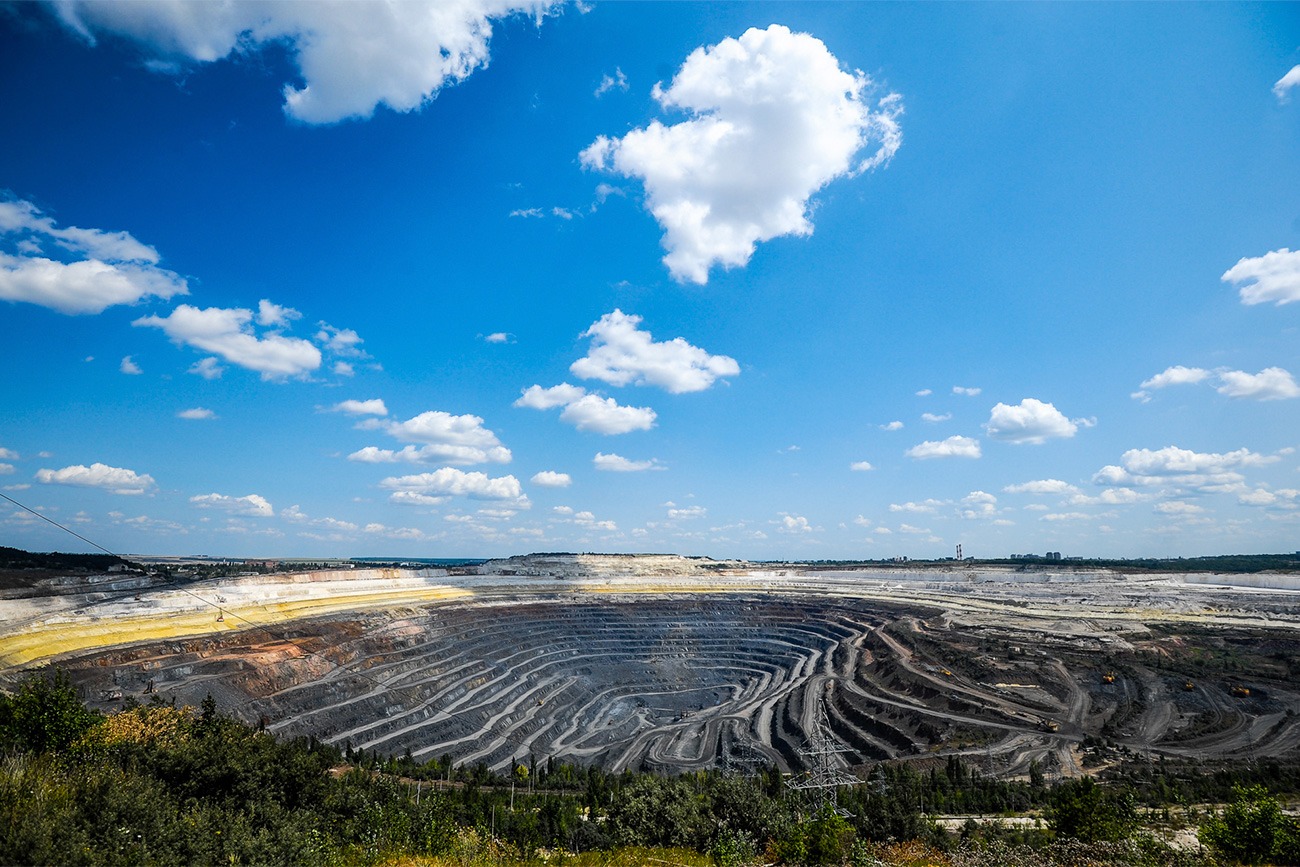
The Kursk Magnetic Anomaly gets its name from the unusual behavior of magnetic compasses in this region of Kursk (530 km south-west of Moscow). Magnetic instruments here confuse south with east, and north with west. This is due to the vast deposits of iron ore, considered to be the largest in the world—30 billion metric tons or almost 4% of the world's proven reserves. The anomalous magnetism of this region was first detected by Russian geographers back in the 1770s. However, the first well for the extraction of iron ore was sunk only in 1923.
Igor Generalov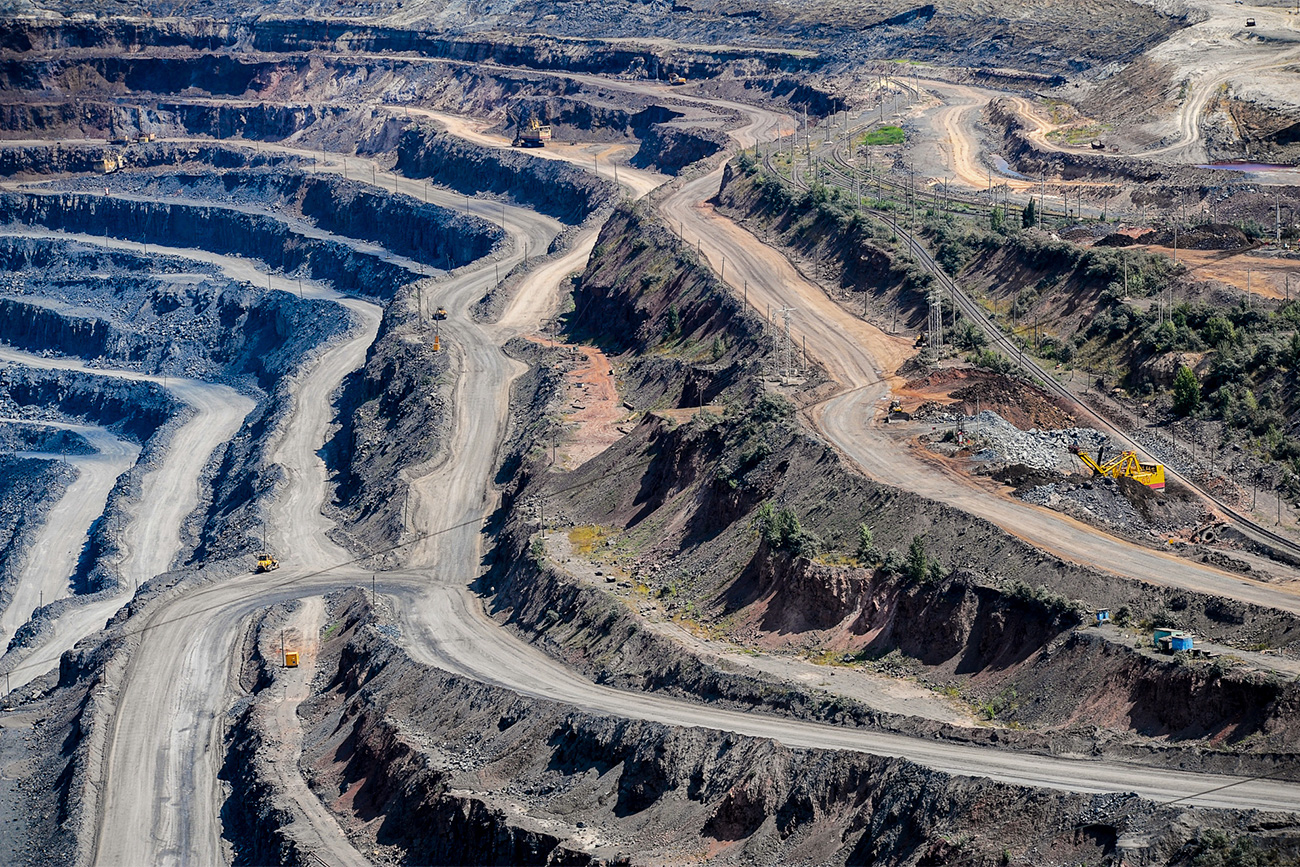
The iron-ore basin covers the territories of the Kursk, Belgorod and Oryol regions in the south-west of Russia—160,000 square kilometers in total. This is larger than countries such as Greece, North Korea, Bulgaria or Cuba. Today, three mining and processing companies operate within the territority of the magnetic anomaly. One of them is Stoilensky GOK, a subsidiary of the Russian metallurgical giant NLMK.
Igor Generalov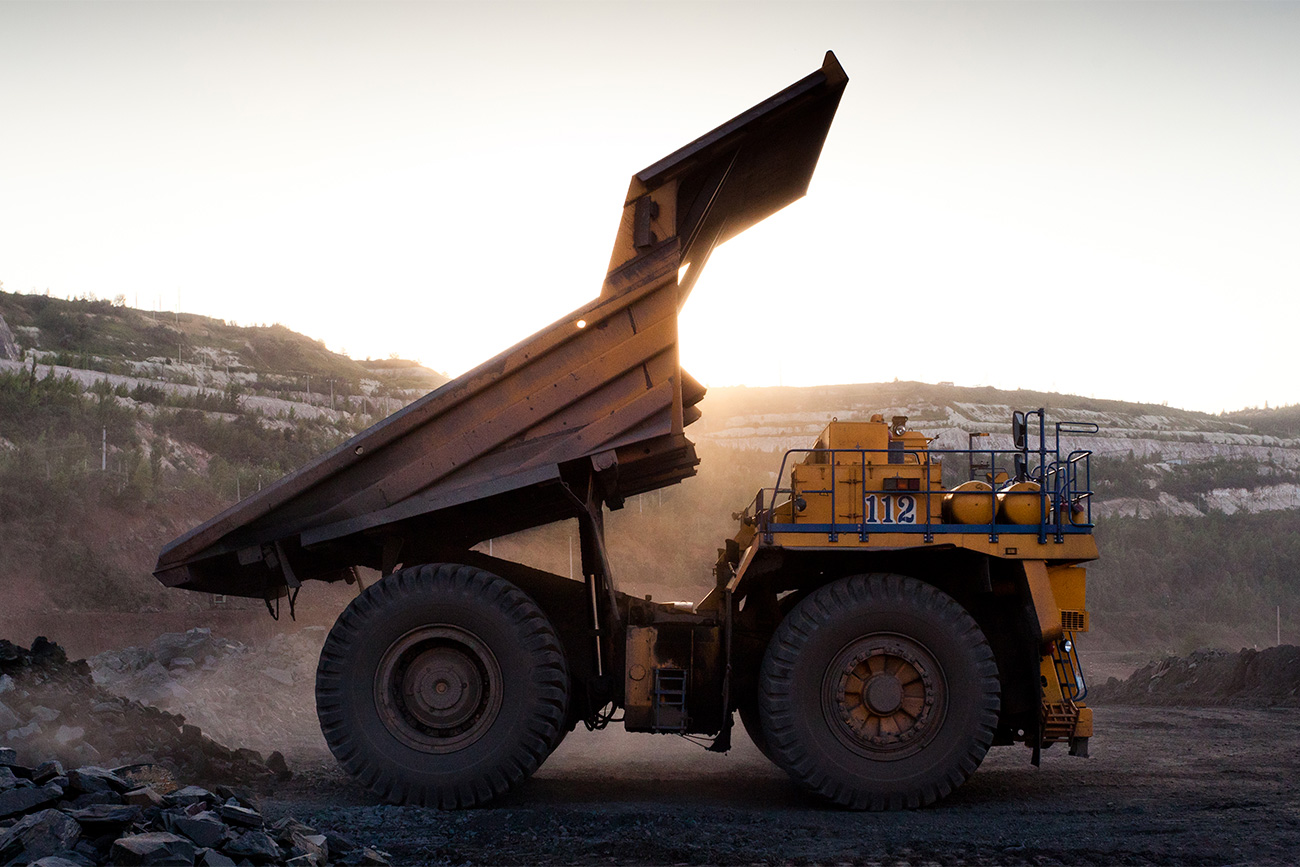
The enterprise’s main products are iron ore concentrate, sintered iron ore and pellets, from which steel is produced. The Stoilensky mine is 375 meters deep.
Press Photo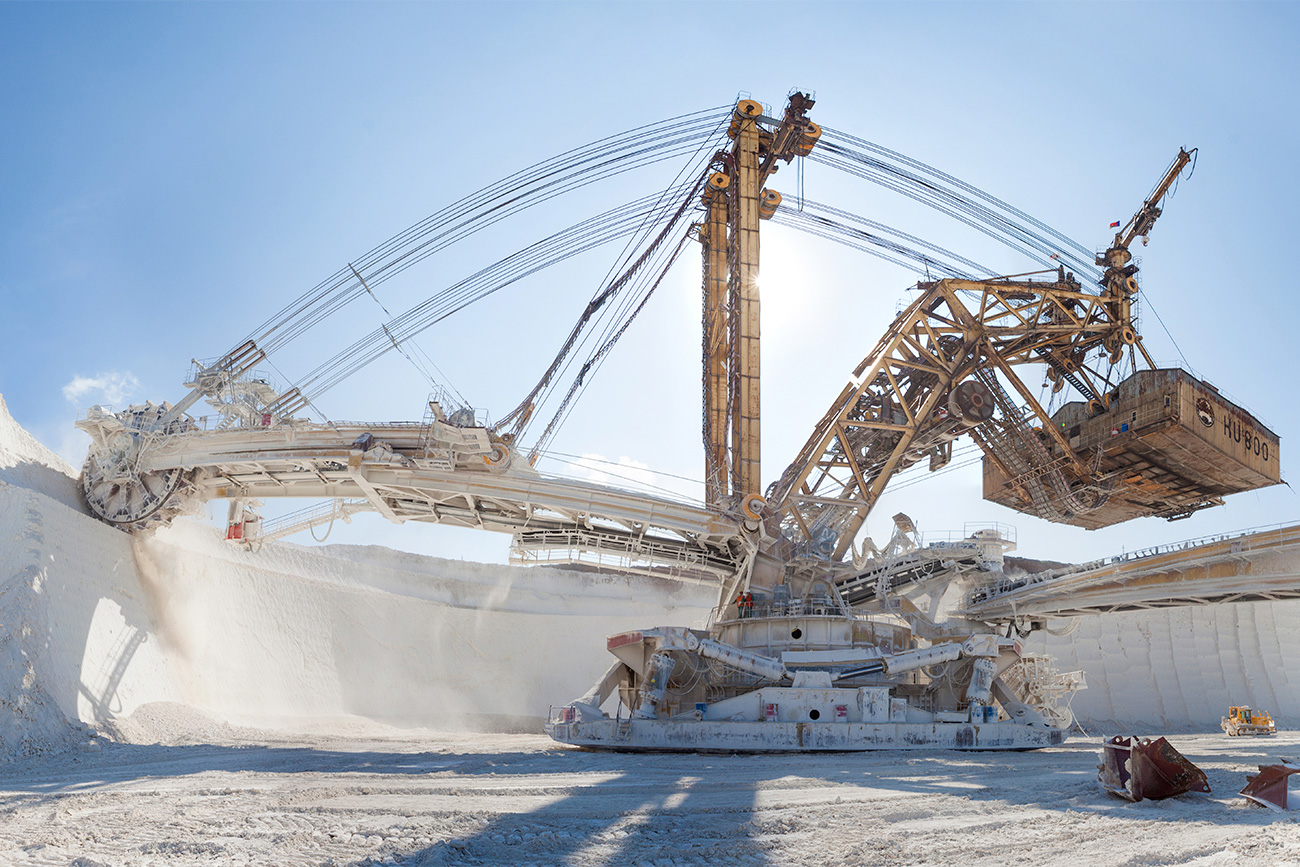
Before the explosion is carried out, geologists determine where the rock needs to be blown up. They bore holes with a diameter of 250 mm at a depth of 16-17 meters in a staggered arrangement at a distance of 3-4 meters from each other.
Press Photo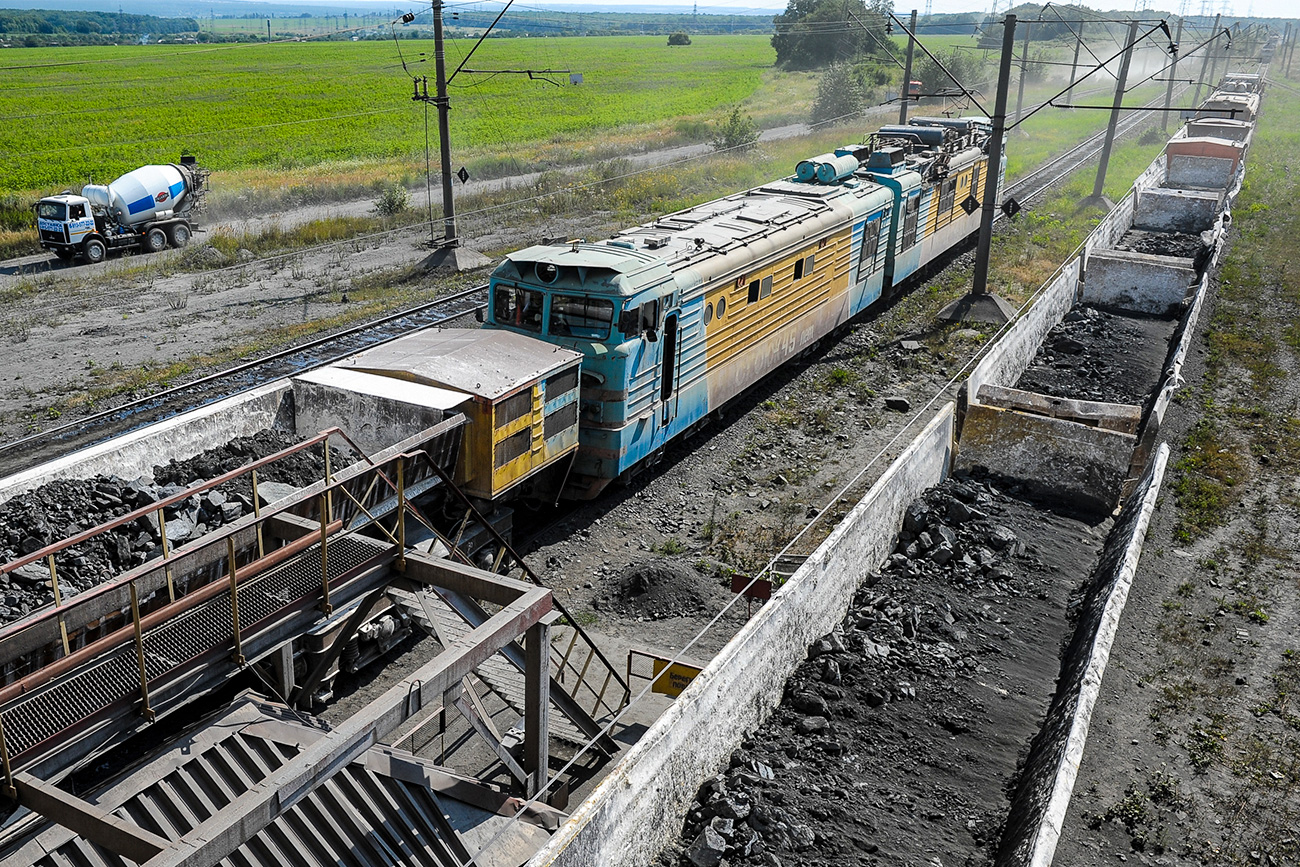
Ore from the quarry is delivered to the plant by conveyors, special railway cars and dump trucks. Stoilensky GOK also produces crushed stone, which is used mainly in road construction. Loose rocks and friable materials from the quarry, including earth, clay, loam, sand and chalk, are used in construction works and building materials.
Igor Generalov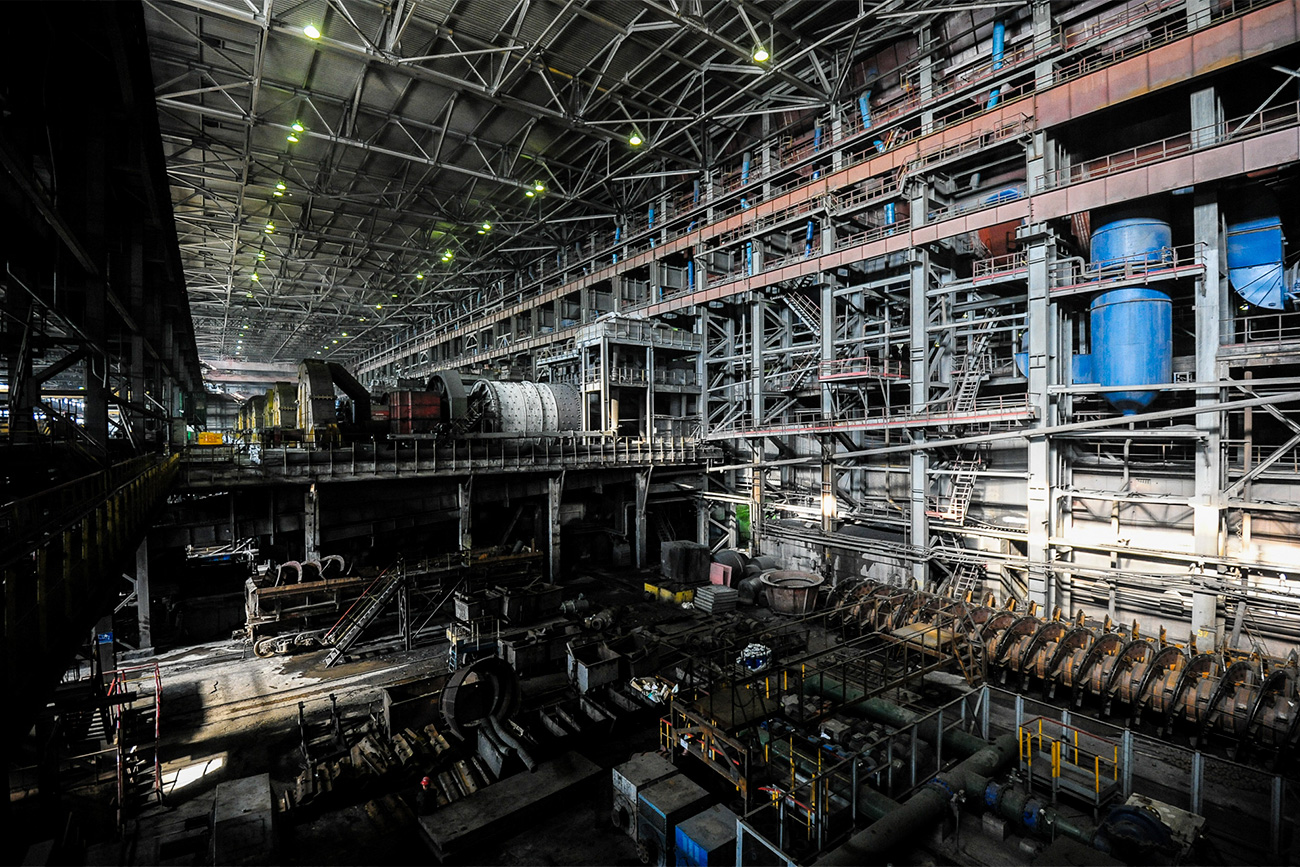
This is how the concentration plant looks on the inside. In the background are mills used to crush the ore to the required size before enrichment.
Igor Generalov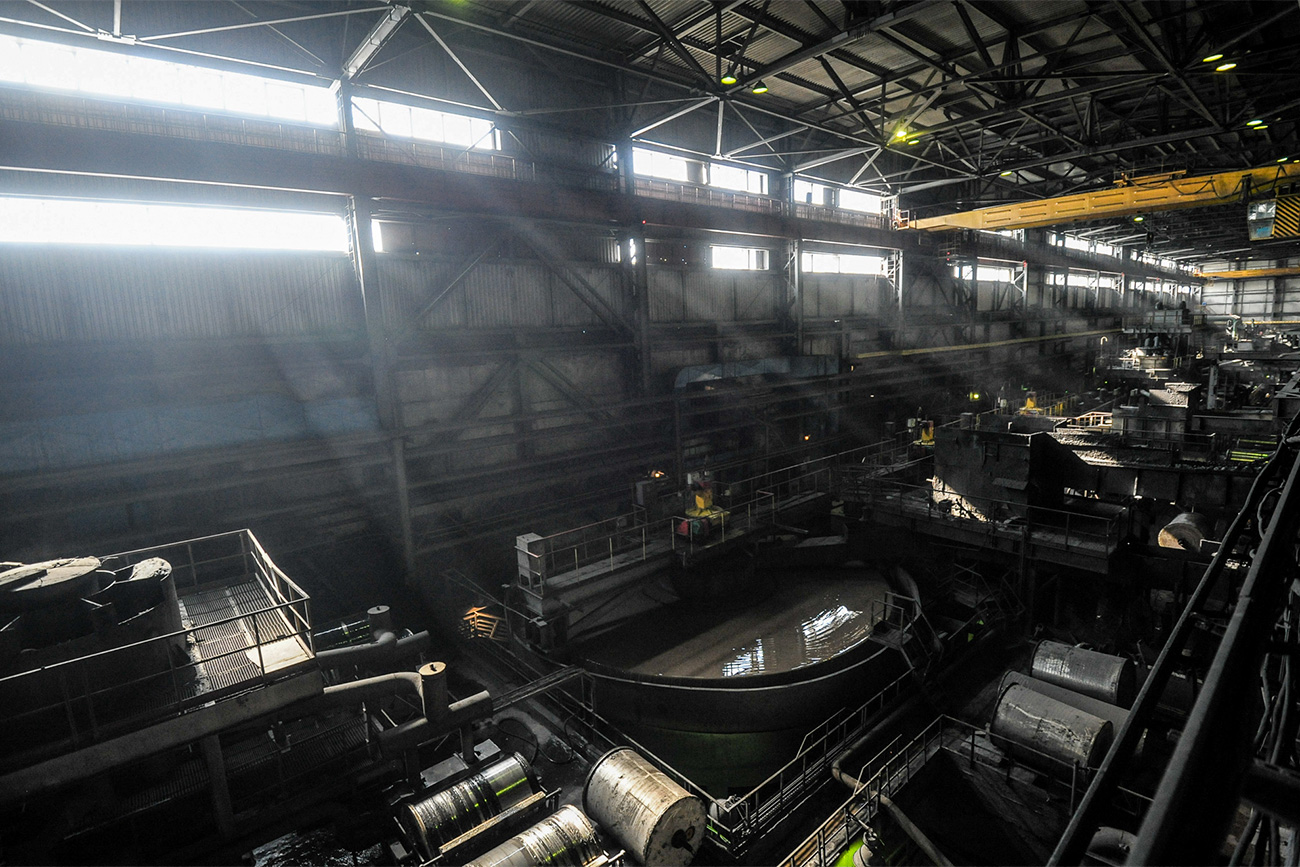
The magnetic separation unit, where iron concentrate is extracted from the ore.
Igor Generalov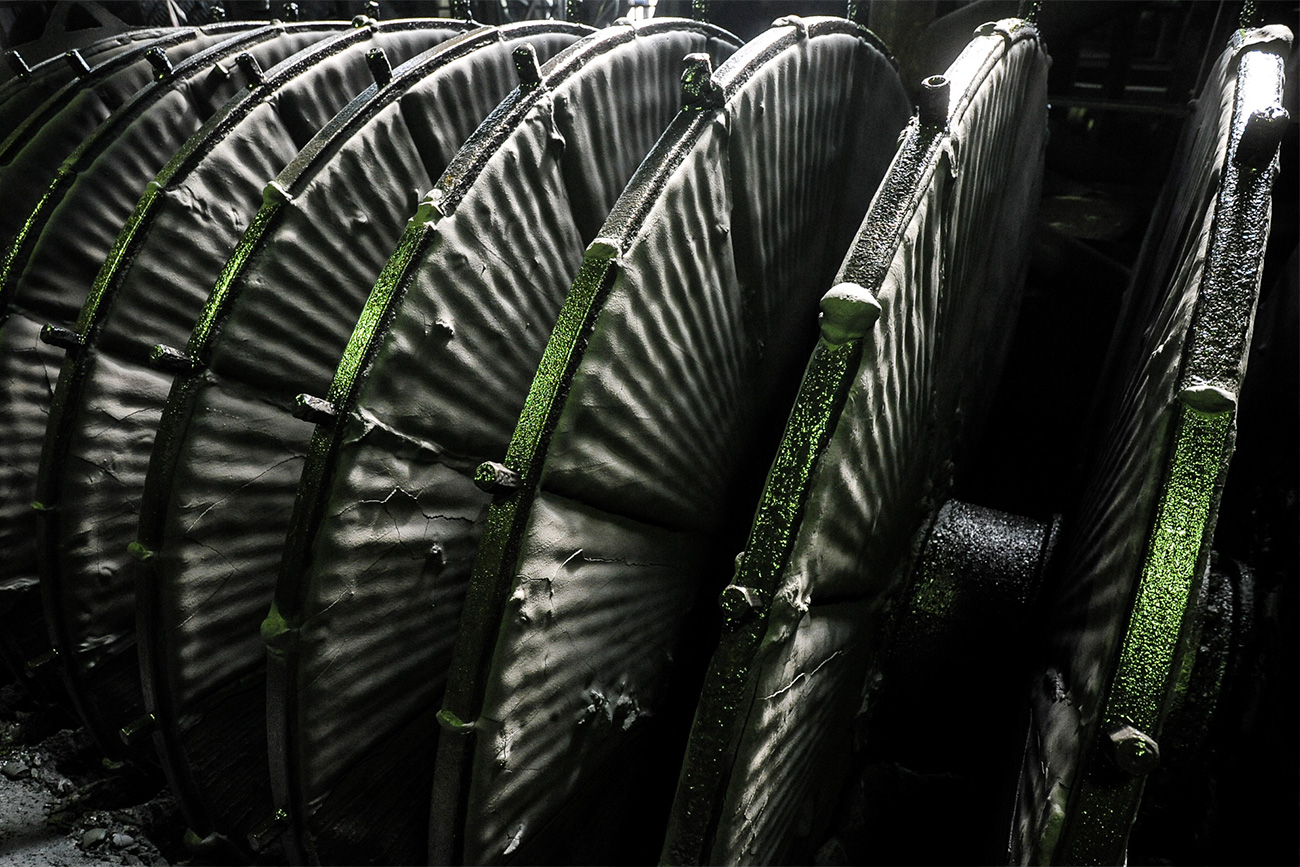
These vacuum filters are designed to separate liquid from the iron ore concentrate.
Igor Generalov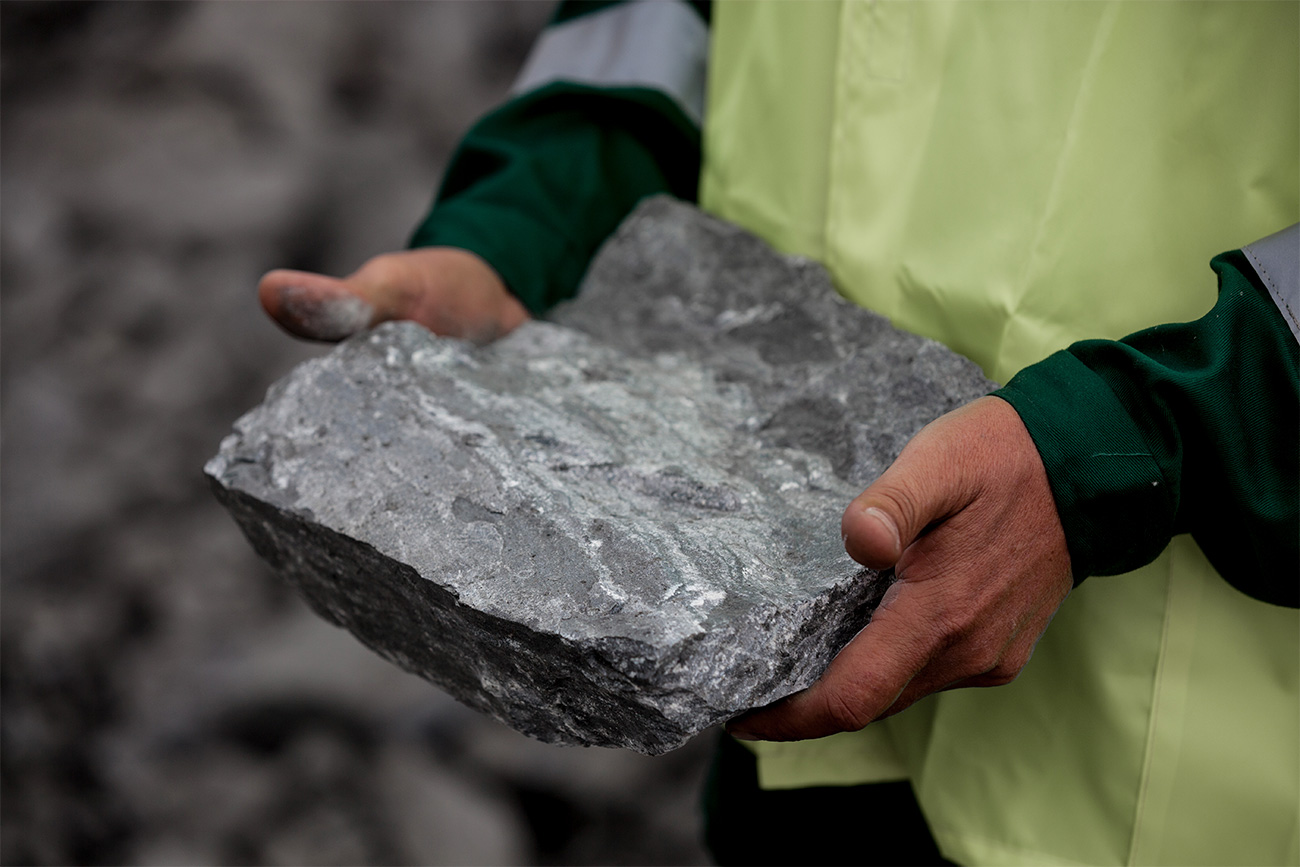
This is how a piece of ore looks before having iron ore concentrate extracted from it at the concentration plant.
Press PhotoSubscribe
to our newsletter!
Get the week's best stories straight to your inbox